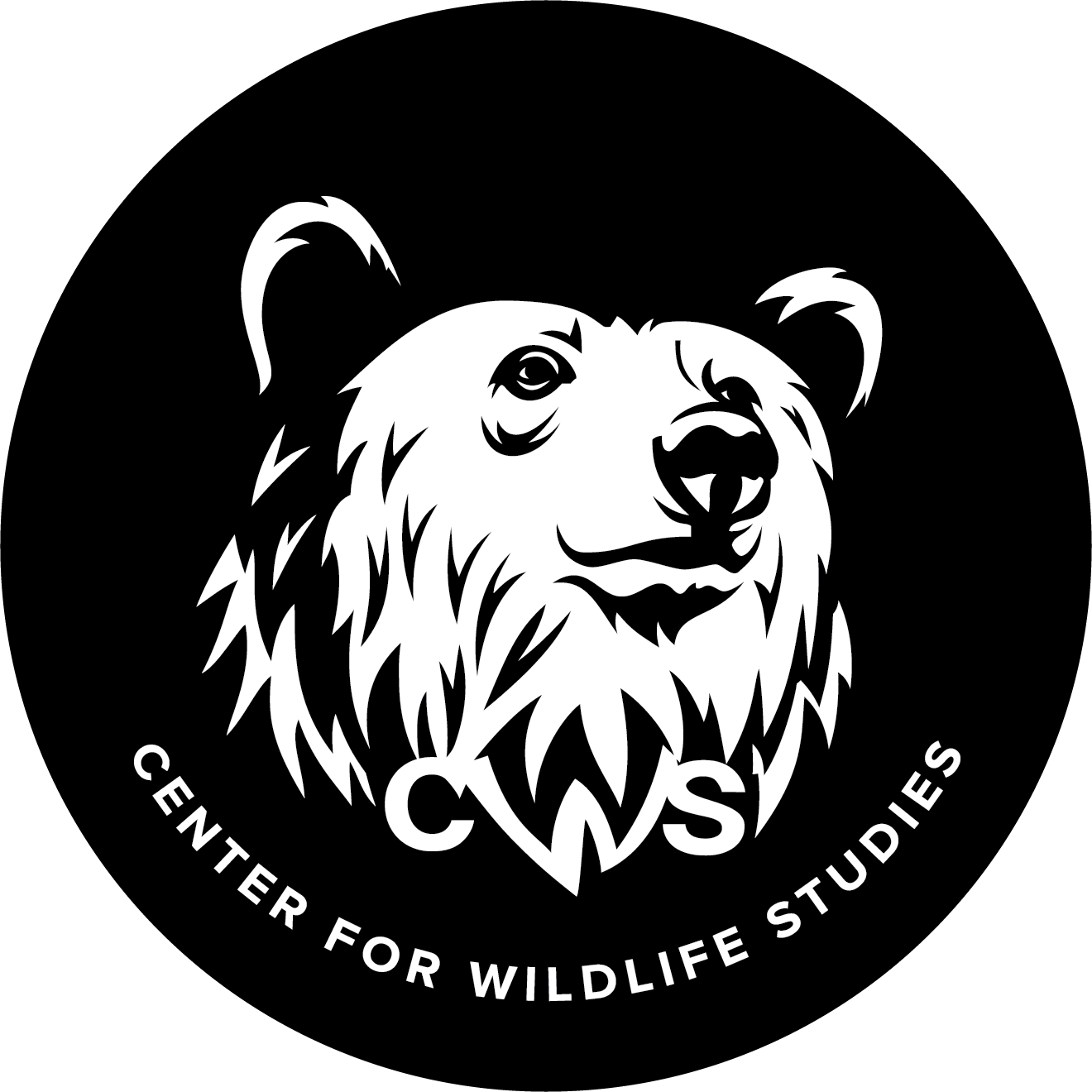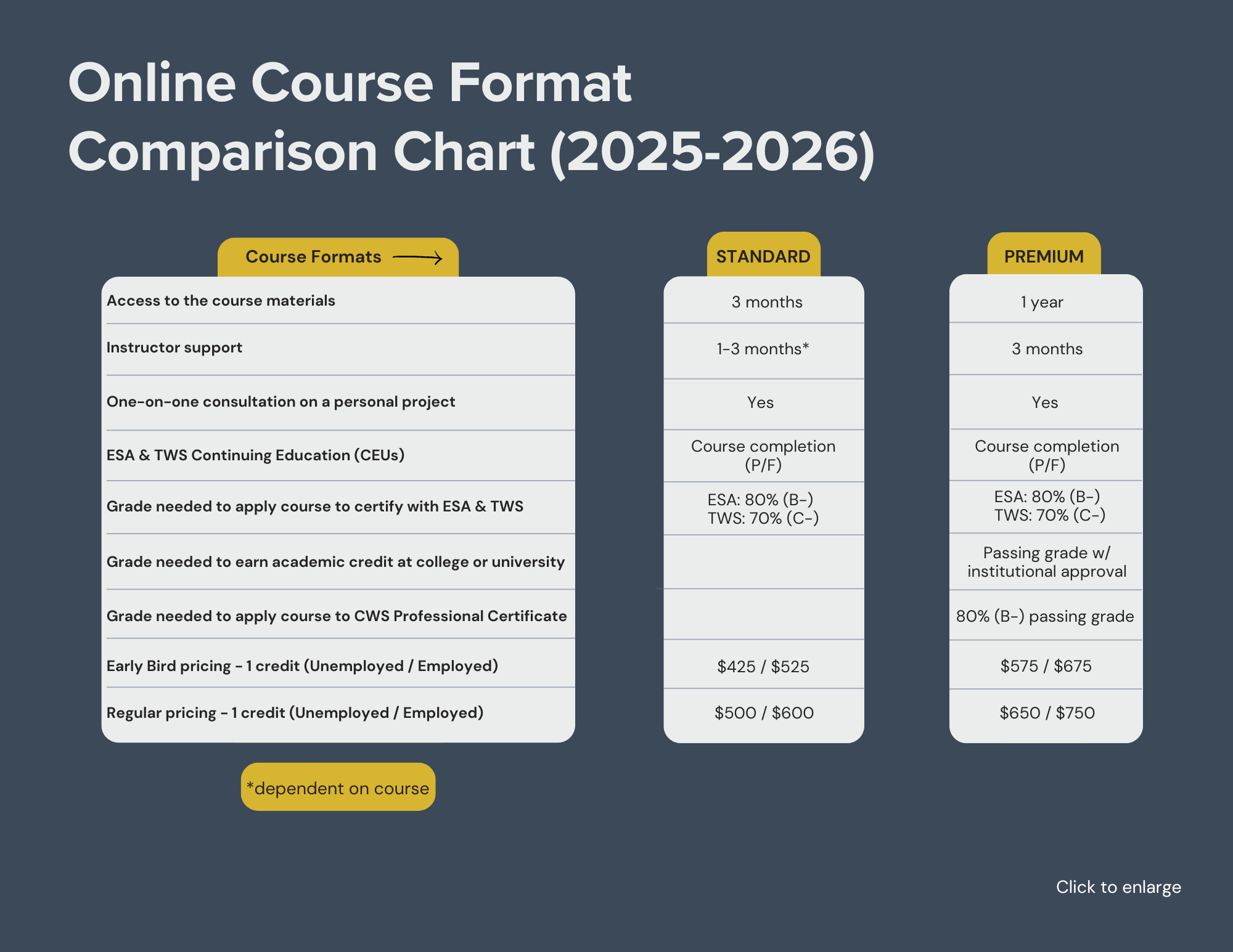-
Species distribution modeling (SDM) has become a crucial tool in distributional ecology, enabling the study of how species are distributed across geographic areas and how these patterns relate to environmental factors. The long list of approaches to determining the boundaries of a species’ distribution can be split into three broad categories: presence-only, presence-absence, and presence-background models. This class will focus on contrasting the assumptions and modeling goals of each modeling framework, providing a solid foundation for applying these techniques to a broad range of applications. We emphasize the importance of selecting the appropriate modeling techniques to fit, evaluate, and extrapolate modeling outputs. We will demonstrate how a suite of R packages can be utilized to perform the analyses required at various stages of a modeling exercise. For each module in this course, we will work on a case study to illustrate the main stages of a modeling exercise, which will guide you to advance in your final project (for those working on one).
-
Spring: March 2 – May 24, 2026 (Early bird* ends February 1)
*Early bird saves $75
-
Introductory statistics; basic experience in R (e.g., R Boot Camp); and familiarity with Generalized Linear Models, Geographic Information Systems, and biogeography.
-
Module 1: Underlying theory in the field of distributional ecology
Describe the foundations of distributional ecology and the factors influencing a species distribution
Explain the differences between modeling a species distribution and a species’ ecological niche
Evaluate the appropriateness of different modeling frameworks according to the modeling goals
Compile primary biodiversity data and environmental predictors for species distribution modeling (SDM) and ecological niche modeling (ENM)
Curate data for building and evaluating a species distribution model in R
Module 2: Choosing a modeling framework and defining a study area
Assess the assumptions of different modeling frameworks in SDM
Evaluate the appropriateness of the study area in terms of extent, resolution of environmental factors, life history of the species, and implications in the model’s output
Install and run R packages to create a species distribution model
Estimate habitat suitability values or the probability of presence of the species with different model types
Module 3: Visualizing and evaluating model results
Visualize and interpret modeling outputs in R
Assess model performance through different metrics calculated in R
Perform and interpret analyses to compare the performance of competing models and select models
Evaluate model performance coming from different modeling algorithms
Module 4: Overview of applications and best practices in SDM
Assess the transferability of a model’s prediction outside the study area or at a different time period
Contrast the goals, strengths, and limitations of various SDM applications in ecology and conservation biology
Test how a study’s objective is achieved through a series of modeling decisions and the documentation and communication of the models
Evaluate the modeler’s decisions at the different stages of an SDM exercise
COURSE OPTIONS & INFORMATION (Review chart above, then click below)
-
FORMAT:
3 months of access to course materials as you work at your own pace
Get instructor support for the 3-month term via email, discussion threads, group meetings, and one-on-one appointments
After working through the course materials, set up an optional meeting with the instructor to discuss your own personal project from work or school
CONTINUING EDUCATION:
16 CEUs with The Wildlife Society
CERTIFICATIONS:
Earn 1 credit toward certification as an Associate/Certified Wildlife Biologist® (at any level) with The Wildlife Society
-
FORMAT:
12 months of access to course materials as you work at your own pace
Get instructor support for the 3-month term via email, discussion threads, group meetings, and one-on-one appointments
After working through the course materials, set up an optional meeting with the instructor to discuss your own personal project from work or school
CONTINUING EDUCATION:
16 CEUs with The Wildlife Society
Go to our Continuing Education Page for more details
CERTIFICATIONS:
Earn 1 credit towards a professional certificate in Conservation Planning with CWS
Earn 1 credit toward certification as an Associate/Certified Wildlife Biologist® (at any level) with The Wildlife Society
ACADEMIC CREDIT:
Earn 1 academic credit (go to our Academic Credit Page for details)
Earn an additional 1-2 academic credits with an Applied Project
INSTRUCTOR
SCHOLARSHIPS
Full scholarships are available to participants from countries designated as “lower income” and “lower middle income” in the World Bank List of Economies. Please see our CWS World Scholars Program page for details.
CANCELLATION POLICY
Cancellations 30 days or more before the start date are not subject to cancellation fees. Cancellations <30 days before the start date are subject to a 50% cancellation fee. No refunds once the course begins.




